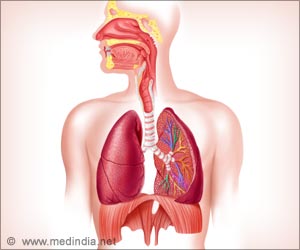By contrast, pulmonary delivery is a non-invasive administration route that can maximise local concentration in the lung and reduce systemic exposure, thereby reducing the risk of adverse effects and improving therapeutic efficacy.
‘Inhaled powder formulation of broad-spectrum antiviral drugs can be used on an outpatient basis due to the ease of (self-)administration as prevention and treatment for respiratory viral infections.’
The team, led by the University of Hong Kong (HKUMed), prepared the inhaled dry powder formulation of tamibarotene by spray freeze drying, a particle engineering technique that combines spray freezing and freeze drying to produce particles with excellent aerosol properties for inhalation.
The researchers found that a dose of tamibarotene powder delivered by intratracheal administration significantly reduced virus titer and viral RNA load of SARS-CoV-2 in the hamsters’ lungs, and the antiviral efficacy was comparable to intratracheally administered remdesivir.
Moreover, remarkable anti-influenza activity of tamibarotene powder formulation was demonstrated by the improved survival rate of mice and alleviated disease severity when administered either intratracheally as prophylaxis or intranasally as treatment. The findings have been published online in Advanced Therapeutics.
“Currently, there is no inhaled powder formulation of antiviral available on the market for Covid-19 treatment. Tamibarotene dry powder with broad-spectrum antiviral activity presents a new strategy for Covid-19 management, especially as prophylaxis and treatment for outpatients when in-patient healthcare cannot be provided,” said Jenny Lam, Associate Professor, Department of Pharmacology and Pharmacy, HKUMed.
“With the favourable safety profile of tamibarotene and based on the findings in the present study, clinical trials evaluating inhaled tamibarotene for its safety and as at-home treatment for Covid-19 could be considered,” Lam said.
Source: IANS



